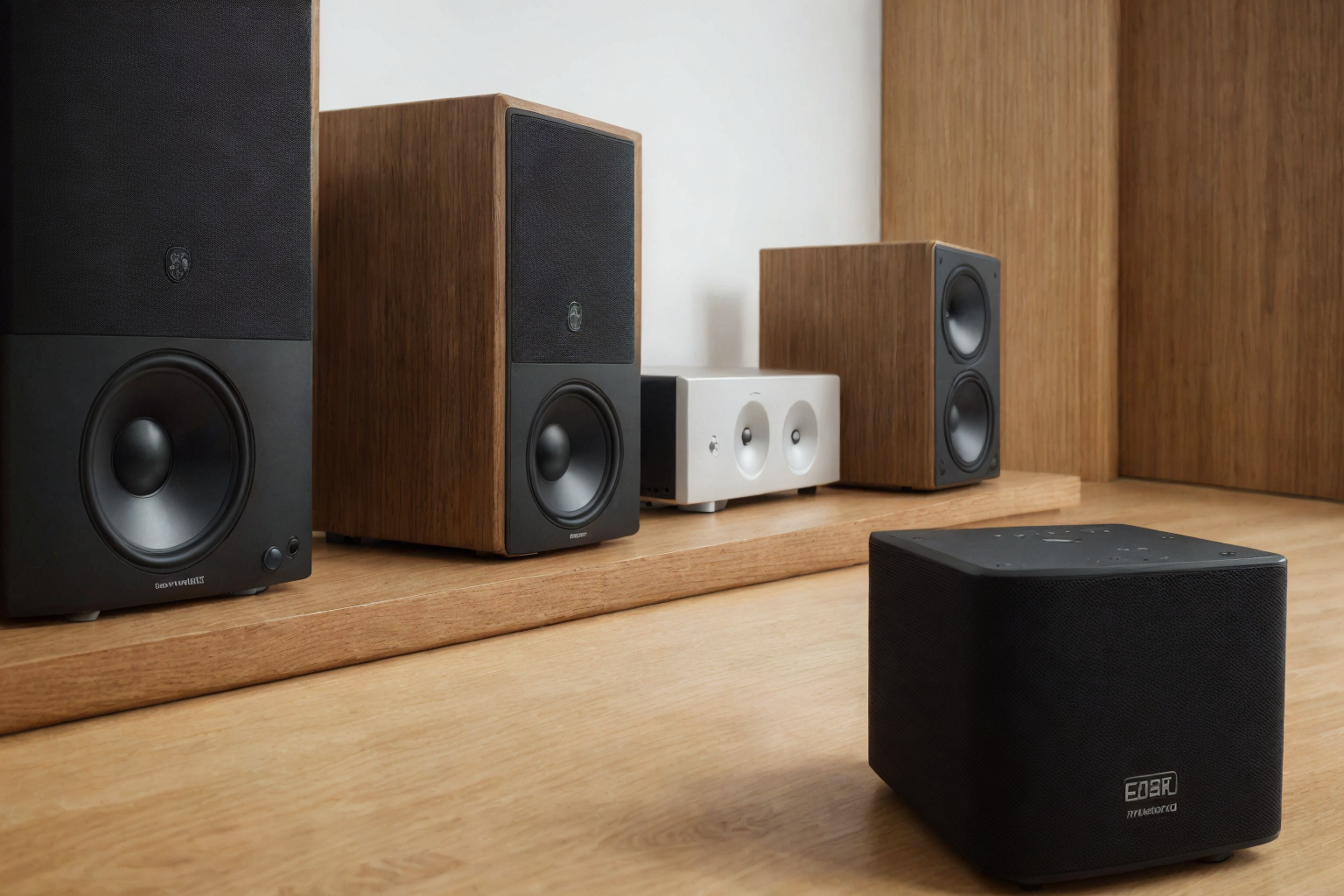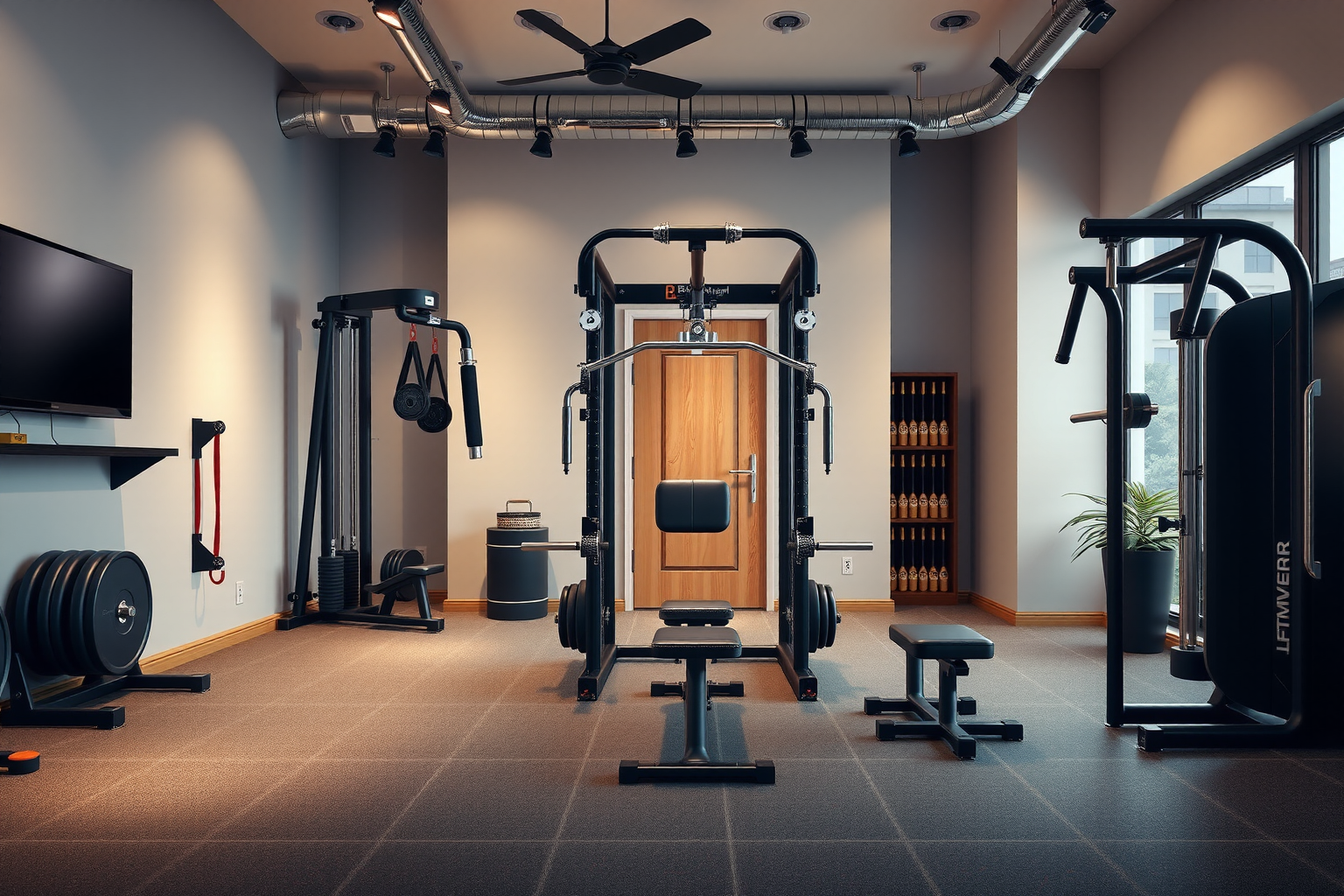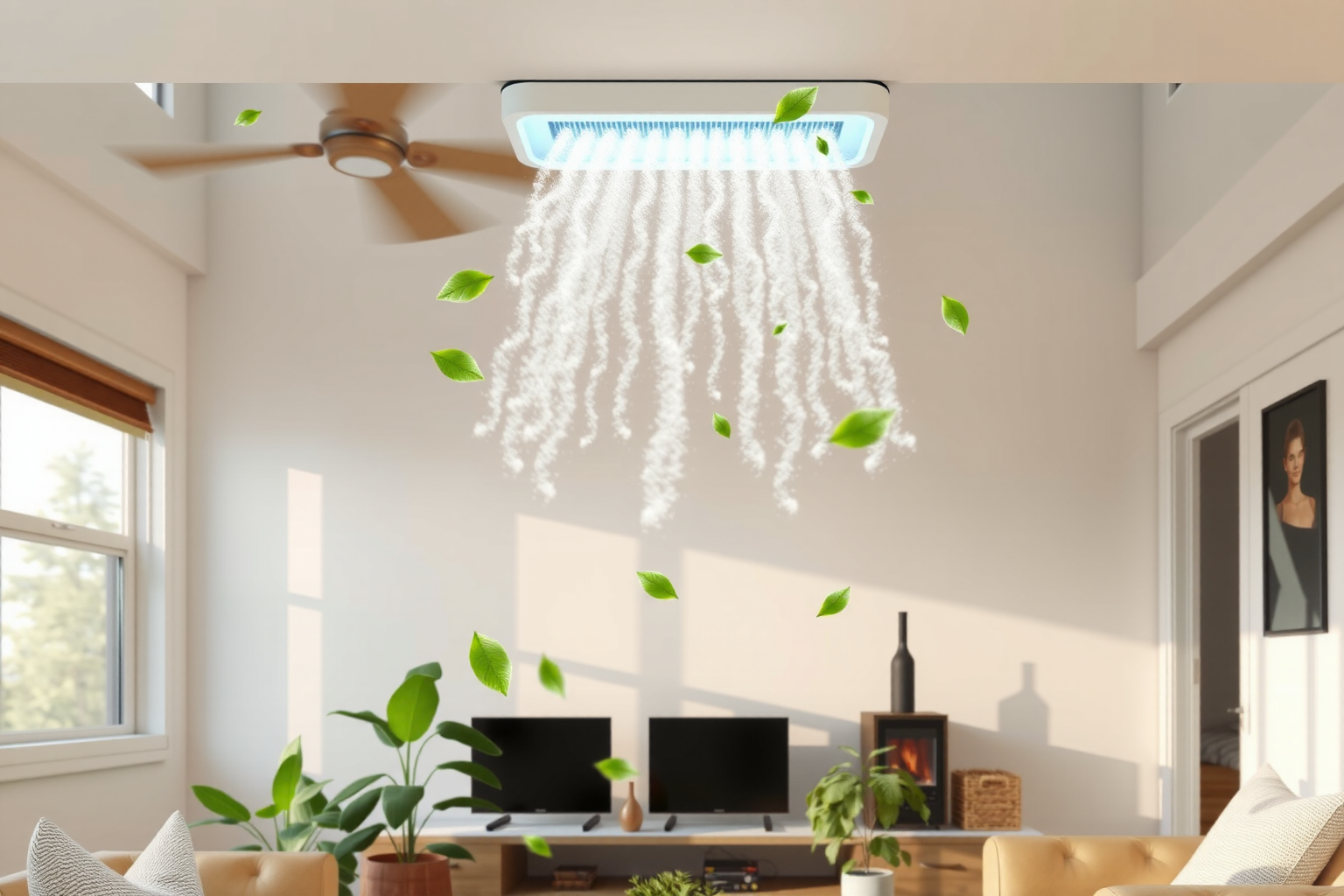If you are in the market for a surround sound system for your home entertainment, one of the things you’ll soon discover is that there are a huge variety of options and features to choose from.
One of the most popular features is Dolby Atmos, which delivers a truly immersive audio experience. Beyond this, there are different channel types, speaker types, and other features to consider.
In this article, we’ll guide you through the most important features and choices to keep in mind when selecting the best surround sound system for your home.
A home surround sound system is designed to immerse the listener in a 3D sound. Most systems include multiple channels of audio, which can range from stereo and monaural sound, all the way up to 7.1.4 or 5.1.8 Dolby Atmos systems.
Home theater audio systems use a combination of speakers, amplifiers, and digital signal processing (DSP) to create a spacious and realistic sound. It is usually accompanied by a video component, such as a big screen television or a projector, to offer a full home theater experience.
Safety and Sound Quality
As always, safety should be a priority when selecting a home entertainment audio system. Make sure that your speakers and amplifiers are properly shielded and certified for home use.
You should also consider the overall sound quality and how it might be affected by the size and layout of your room. Take into account the types of materials used to construct your home, as this can also significantly affect sound quality give the same technical characteristics of different surround sound system.
Room and Speaker Placement
The placement of the speakers in the room is a critical step in getting the best sound from your chosen surround sound system. Different audio formats require different speaker placement, so make sure you know all of the specifics and plan accordingly.
Is your room sound-reflective or sound-absorptive? The size of your room and the furniture layout can also be important, as some sound systems may benefit from the use of different channel sizes to make the room sound better.
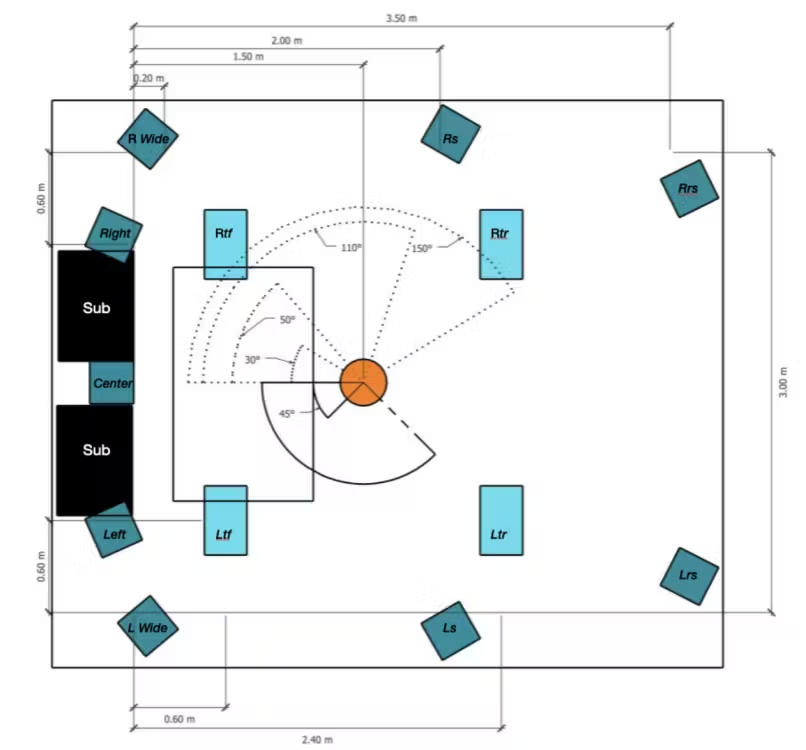
Surround Sound Formats
Many modern surround sound systems come with a variety of audio formats, the most popular being Dolby Atmos.
Dolby Atmos enables audio engineers to create an immersive audio experience, with sounds coming from above and below the listener.
Atmos systems can have up to 128 separate speaker feeds, up to 7 channels used for surround sound, and up to 10 ceiling-mounted speakers. Other surround sound formats include DTS: X, Dolby TrueHD, and Dolby Digital Plus. Which one is best for your home system will depend on your specific requirement.
| Feature | Dolby Atmos | DTS:X |
|---|---|---|
| Audio Format | Object-based | Object-based |
| Channel Support | Up to 64 speakers | Up to 32 speakers |
| Compatibility | Widely available on streaming platforms, Blu-ray, and cinemas | Common on Blu-ray discs and select streaming platforms |
| Customization | Fixed audio placement | Flexible audio adjustment by user |
| Sound Experience | Immersive, cinematic with overhead sound | Immersive with dynamic audio positioning |
| Best Use | Home theaters, cinemas, premium soundbars | Home theater systems and Blu-ray playback |
Number and Type of Channels
When it comes to surround sound systems, one of the most important considerations is the number and type of channels the system supports.
You can find systems with as few as 2-channel stereo sound, all the way to 32-channel megaphone radius sound. 5.1, 6.1, and 7.1 systems are the most common, although Dolby Atmos and DTS:X can have up to 24 channels of audio.
Your choice ultimately depends on your specific needs and requirements.
Speaker Types
There are several different types of speakers you can choose from when purchasing a surround sound system. The most common type is the linear array, which can have anywhere from one to six speakers in a row.
These speakers are typically placed behind the listener for the best sound dispersion. Sound bars are also popular, as they can combine a number of smaller speakers into one device.
Full-sized standing speakers can offer the best sound quality, but require more space. You can also consider ribbon speakers or coaxial speakers, which are often used for Atmos sound systems because of their unique ability to create a three-dimensional soundstage.
Ribbon speakers and line array systems offer distinct advantages in sound reproduction, with ribbon speakers known for their fast transient response and low distortion, while line arrays excel at consistent sound coverage and long-distance projection.
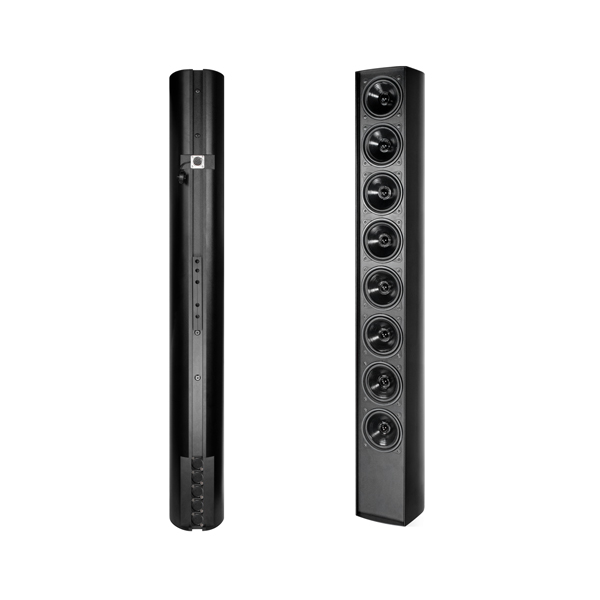
Amplifiers and Processing Units
Most of today’s surround sound systems also include an amplifier and/or digital signal processing unit (DSP). The amplifier is used to power the speakers, while the DSP is used to create different effects and adjust the sound for different rooms or listening preferences.
Many systems also include various output options, such as HDMI, optical, and Bluetooth, to connect to other devices.
Price and Warranty
The price of a surround sound system can vary greatly depending on the features, components, and build quality. You get what you pay for, although it is possible to get a great sounding system by spending only a moderate amount.
Make sure to check the warranty of the system, as it can be a very important factor in the long term. Warranties can vary greatly from one brand to the next, so make sure to read the fine print.
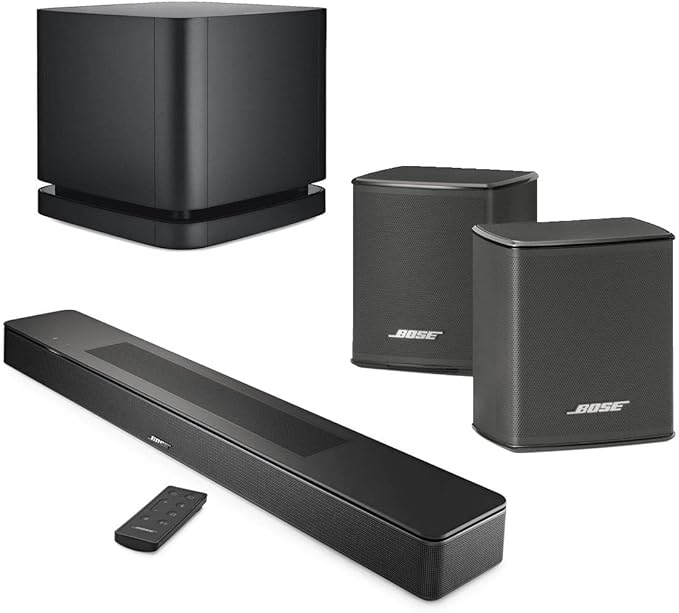
Full immersive sound for everything you play.
In Conclusion
When selecting a surround sound system for your home, it is important to take into consideration a variety of features and components. You should consider the safety, sound quality, speaker placement, formats, number and type of channels, speaker types, processing units, price, and warranty.
By reading this article, you should be better prepared to make an informed decision and find the best surround sound system for your budget and requirements.

